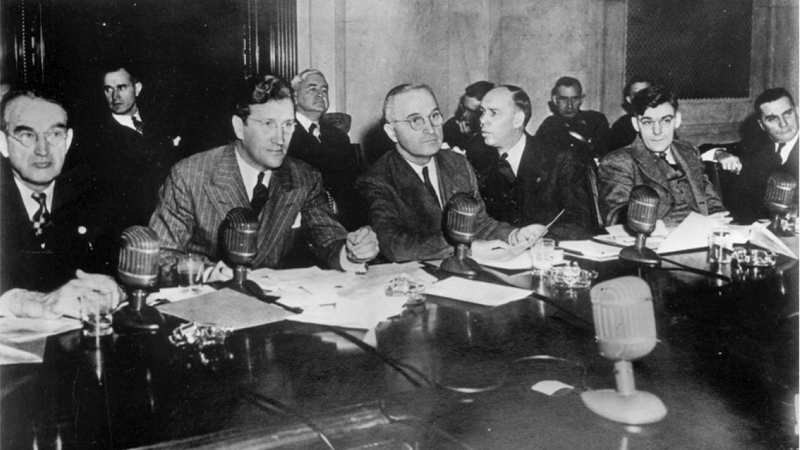Truman wasn’t a first-choice candidate for the Senate
When looking for a candidate to support a U.S. Senate contest in 1934, political boss Tom Pendergast of Kansas City received rejection letters from four other potential candidates. Truman actively ran for office during the election.
Whose name would appear on the ballot next to President Roosevelt's grew in the days preceding the Democratic National Convention. Those who were aware of Roosevelt's failing health recognized that the choice he made would probably become president before his term was out, therefore the stakes were high.
Party officials believed that the incumbent, Henry Wallace, was too liberal and eccentric to be a serious contender. Although Roosevelt refused to formally support another candidate, they were able to persuade him to be open to alternative options.
Reporters made the joke that it would be simpler to identify those who were not candidates when the list of Wallace's potential successors grew incredibly large. Along with Senators Alben Barkley and James Byrnes, Associate Justice William O. Douglas, and Speaker of the House Sam Rayburn, Truman's name was on the list. At first, Byrnes appeared to be the logical choice, and Truman initially consented to nominate him for the Convention.
But the decision had already been made by the party officials behind the scenes. They sought out Truman. Barkley was too elderly, Byrnes was unpopular with the labor movement and black voters, and Douglas was too young. Roosevelt was presented with their choice, and after hearing their arguments in favor of Truman and against the other contenders, he decided that, in the absence of Wallace, he would be content with Truman or Douglas.











